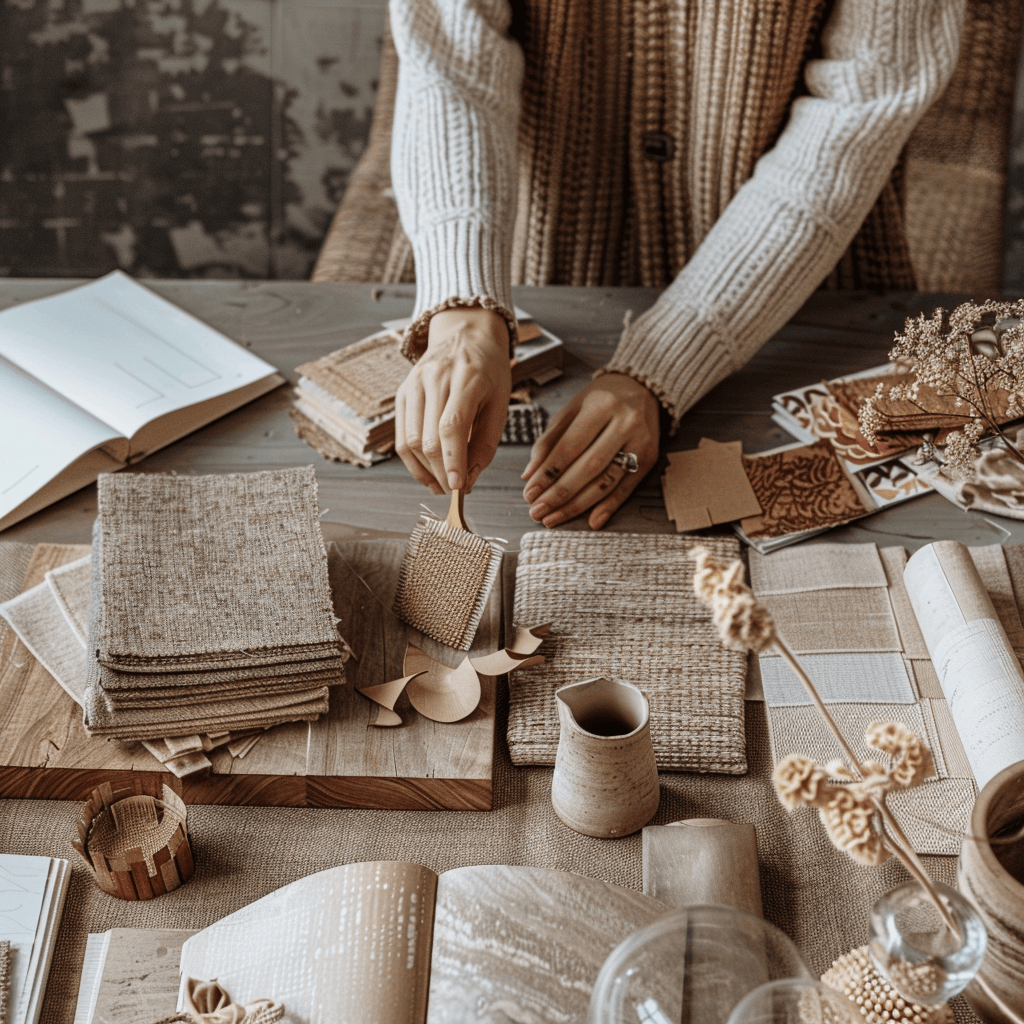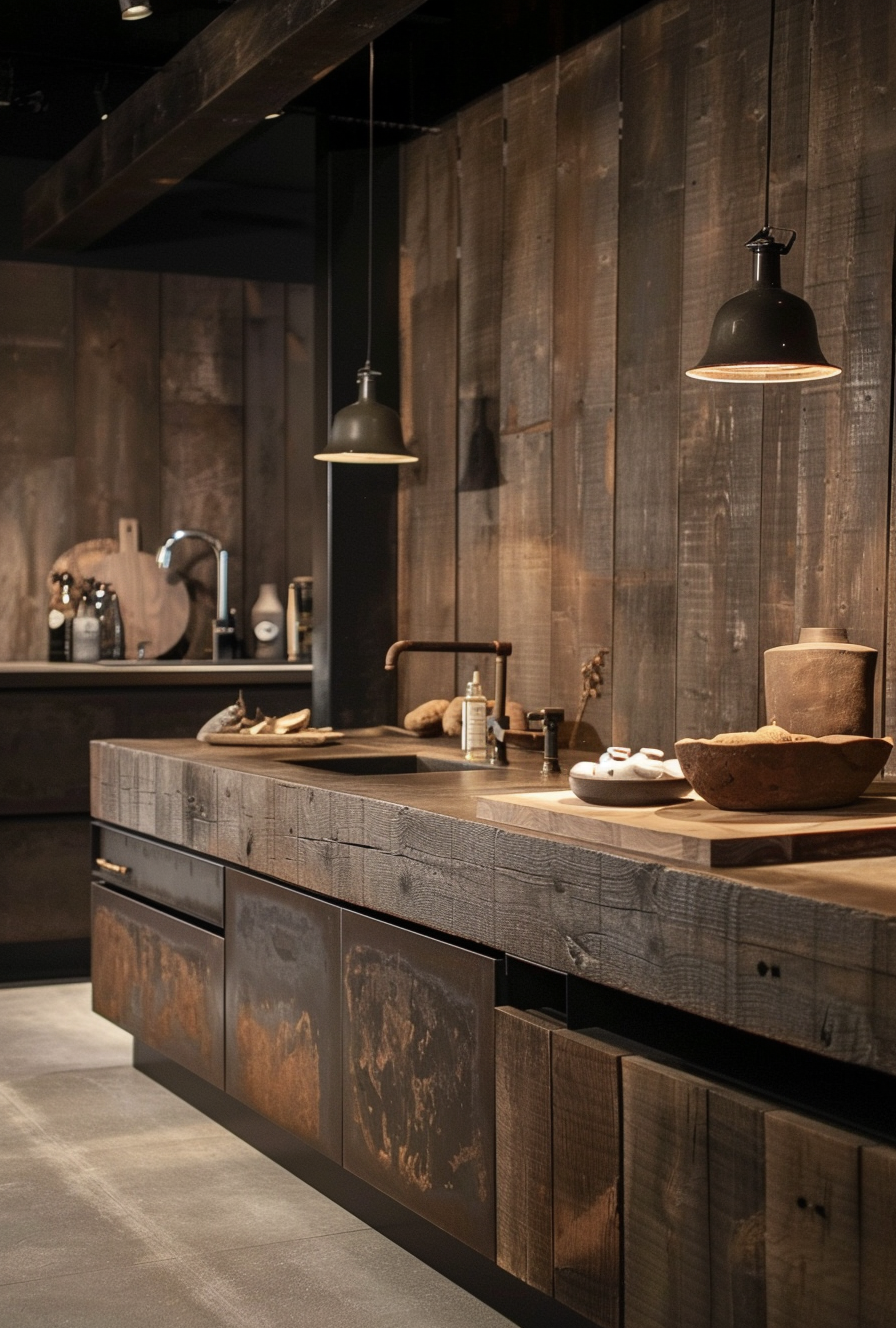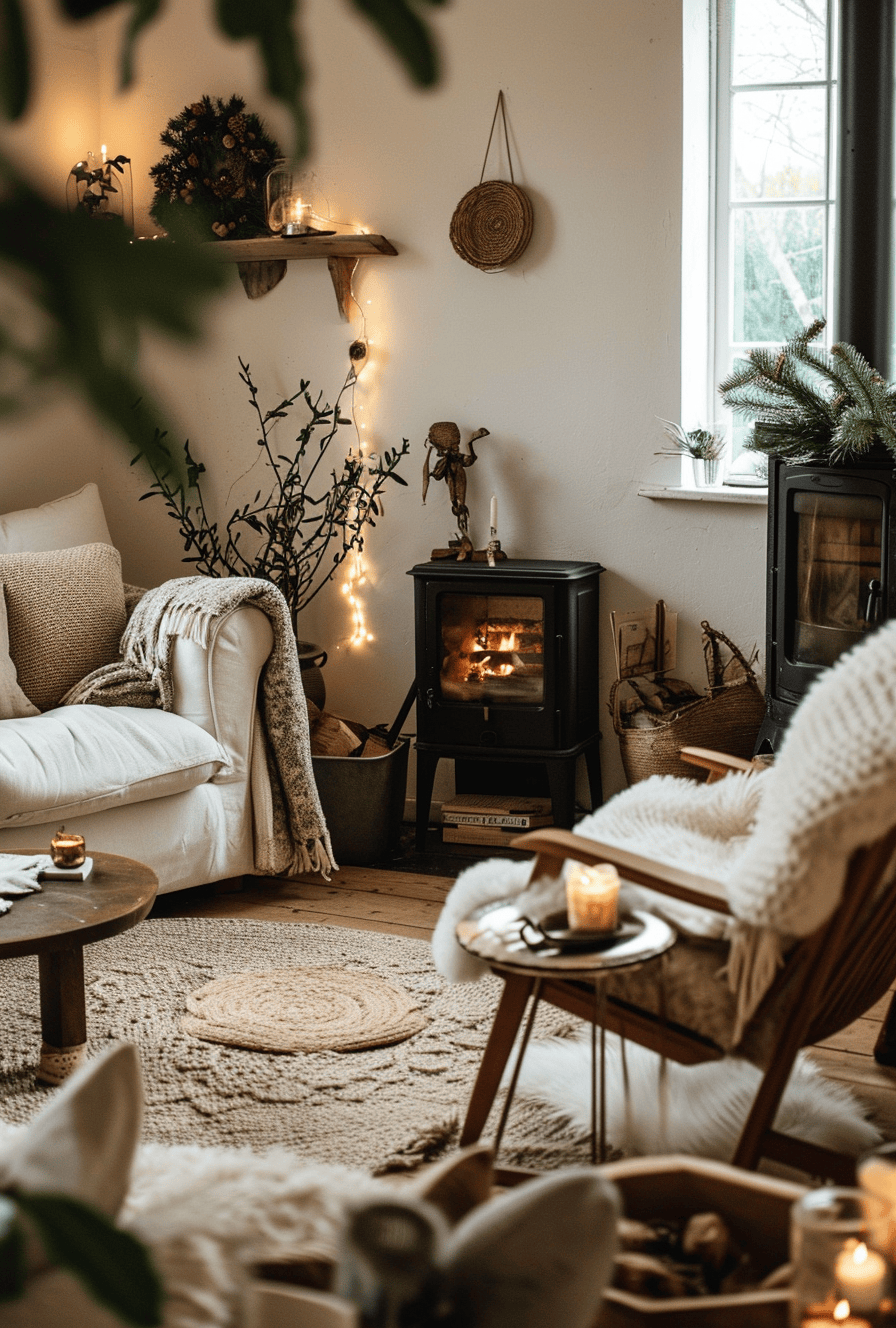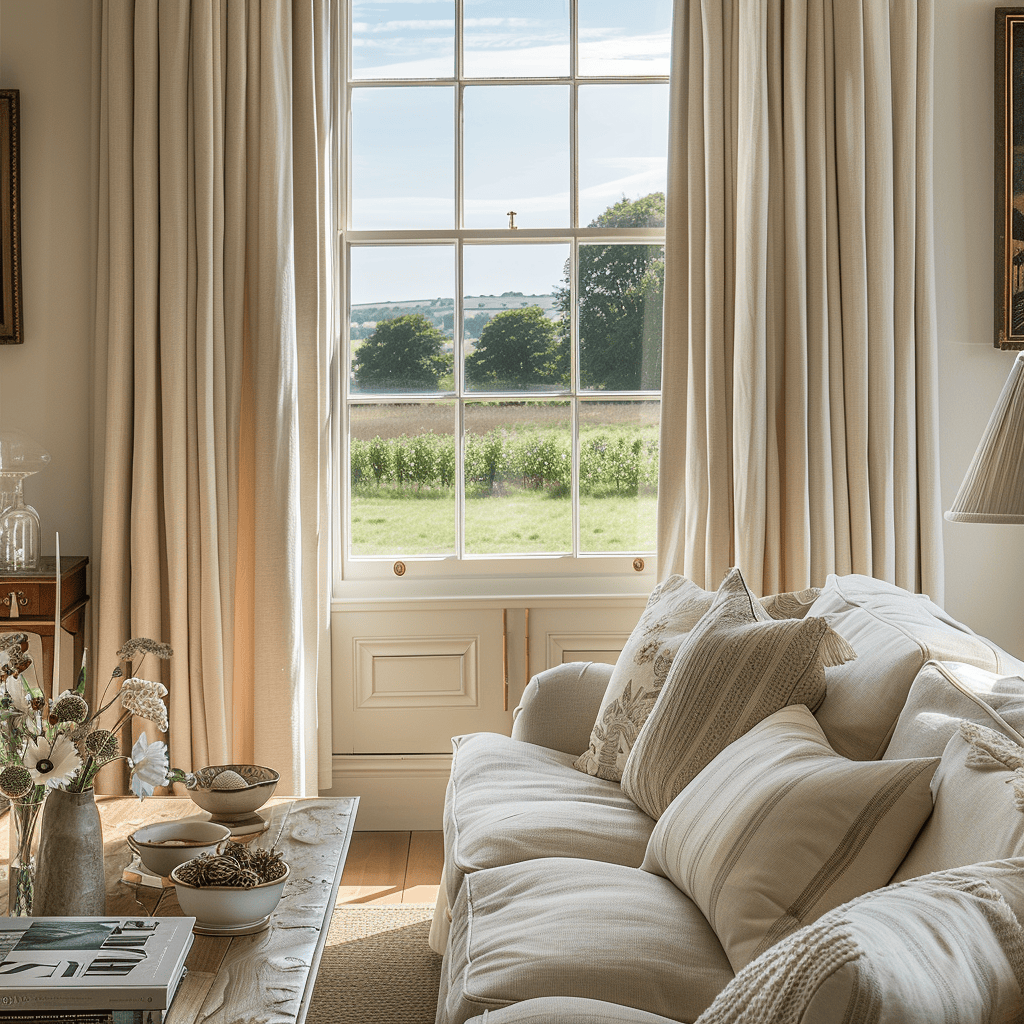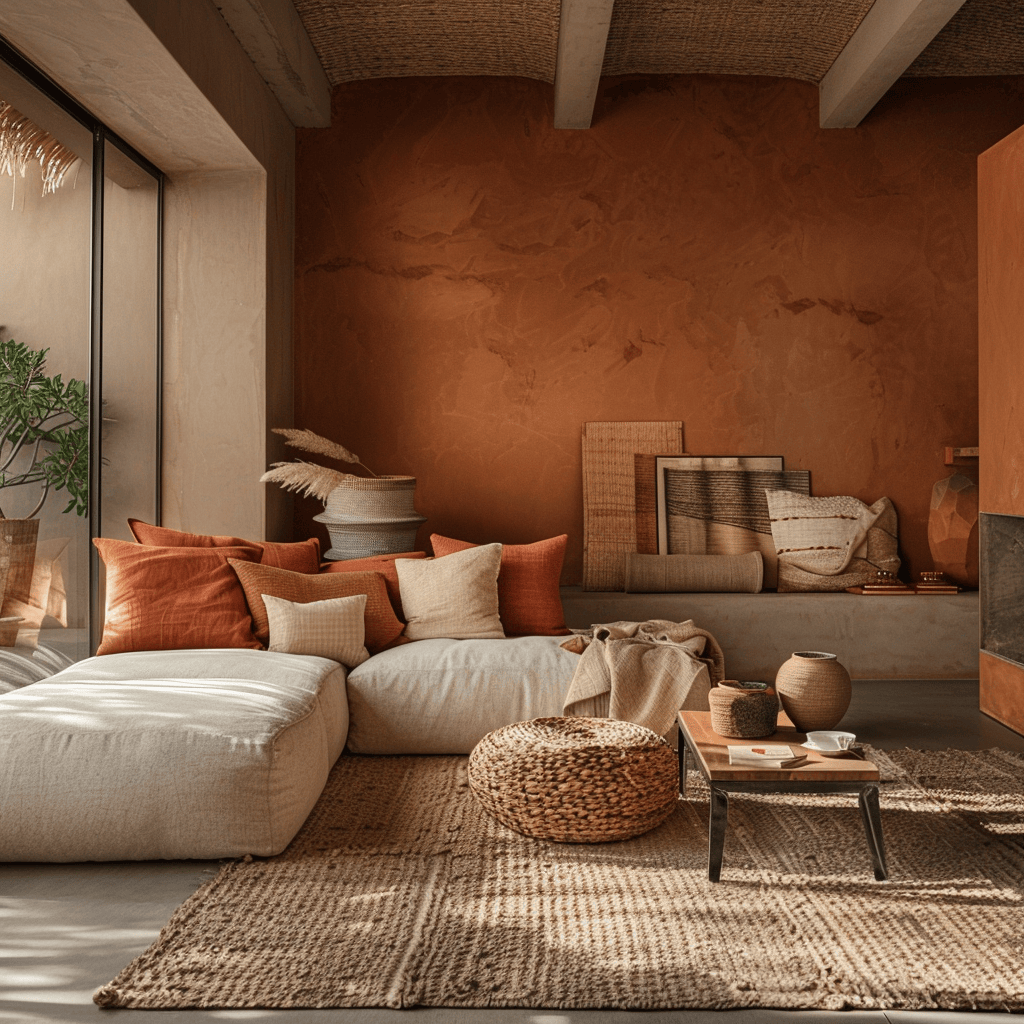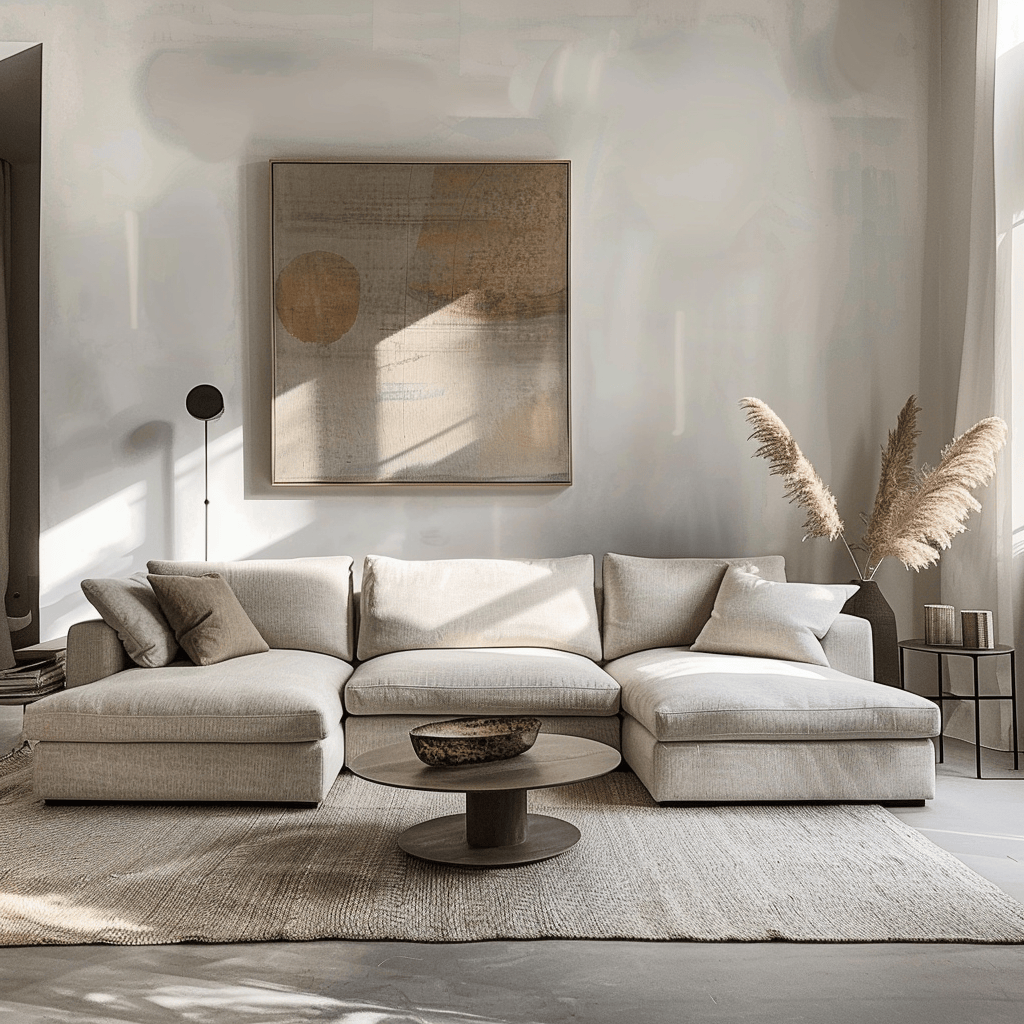The Essential Color Guide for a Rustic Interior
By Alan George
Imagine transforming your space into a sanctuary that speaks volumes of warmth, comfort, and natural beauty. Pretty alluring, right? It's all about embracing a rustic vibe with the perfect color palette. I've found this incredible guide that's like a magic spell for turning any room in your house into a rustic retreat, blending earthy tones with splashes of vibrant colors for that perfect balance of character, charm and modern sophistication. The rustic color palette typically evokes a sense of earthiness and natural beauty, drawing inspiration from natural landscapes, aged materials, and traditional craftsmanship. Lets jump in.

Primary Colors
1. Earthy Browns
Mimicking soil, wood, and tree bark, these are the quintessential rustic colors. They provide a strong, warm base and are often used on floors, walls, and large furniture pieces.
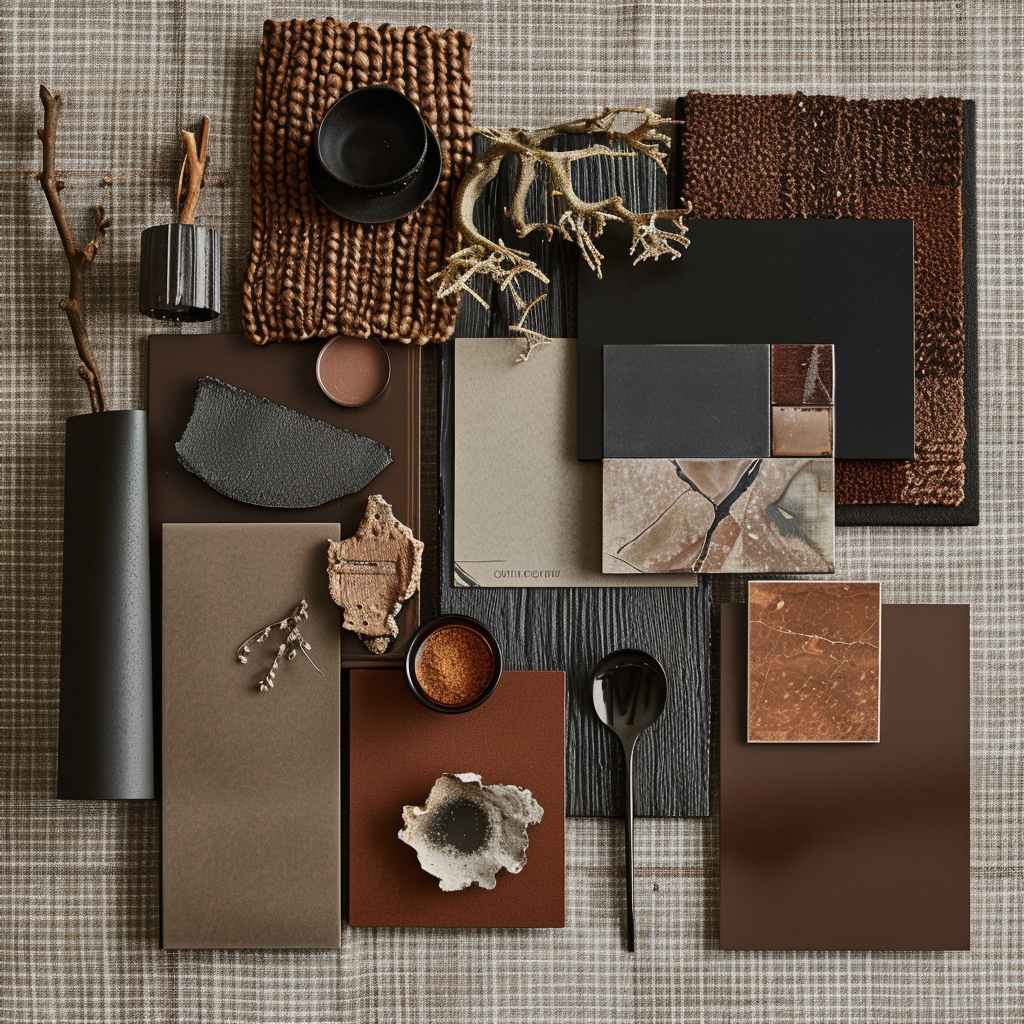
2. Deep Greens
Reflecting foliage and the natural environment, deep greens bring a sense of growth and vitality to the space.

3. Warm Grays
Inspired by stone and weathered materials, warm grays offer a neutral base that pairs well with other colors in the rustic palette.
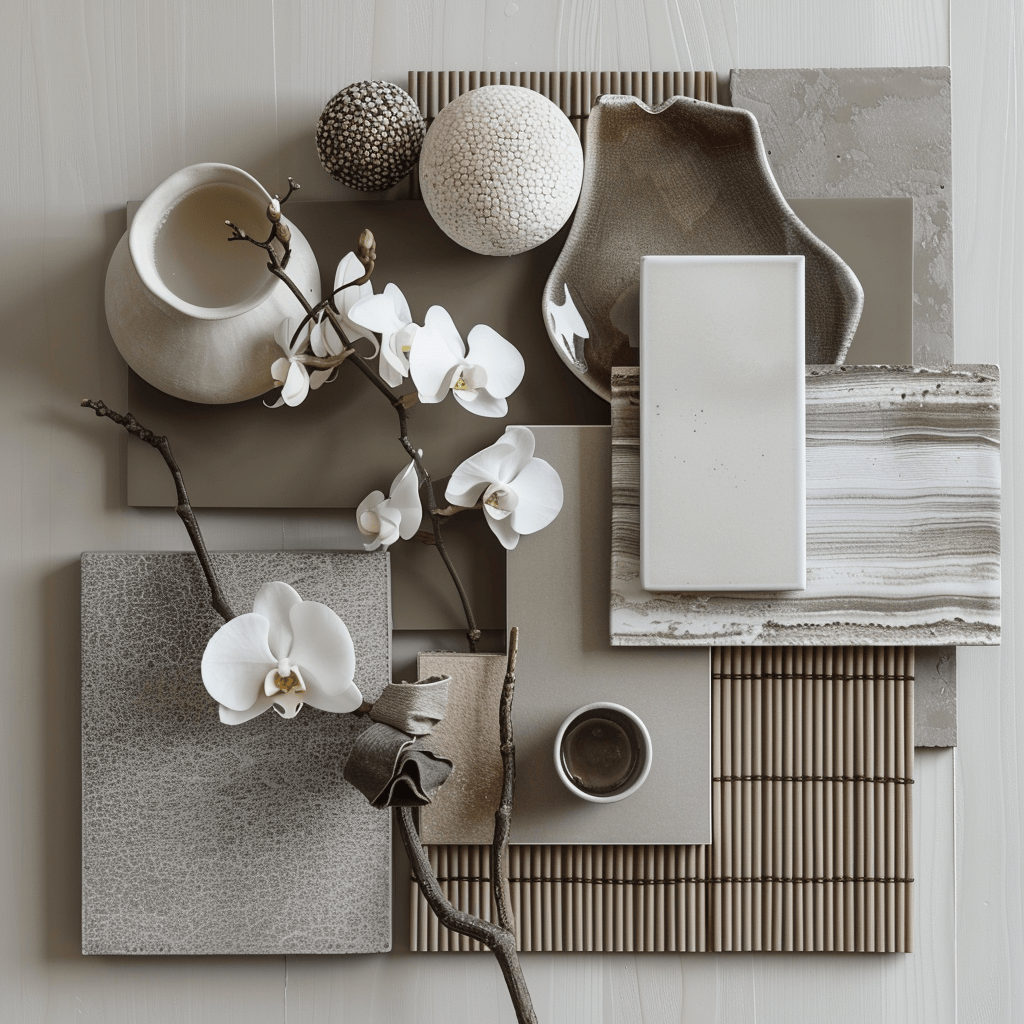
Secondary Colors
Secondary colors complement the primary hues, adding depth and interest to the space. They're often used in smaller furnishings, textiles, and decor.

1. Burnt Orange/Rust
Evokes the look of autumn leaves or sunsets, adding warmth and a touch of vibrancy.
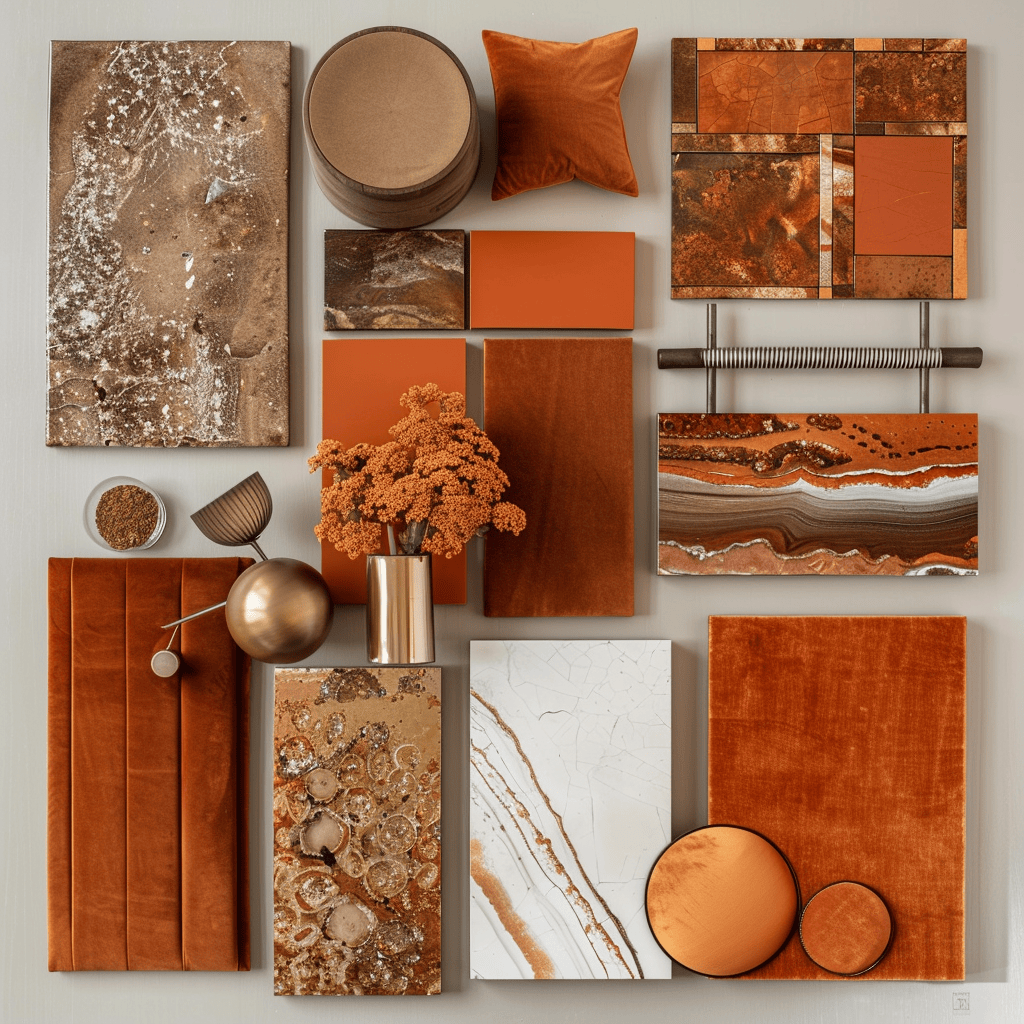
2. Navy Blue
Reminiscent of the night sky or deep water, it adds contrast and depth when used alongside warmer tones.
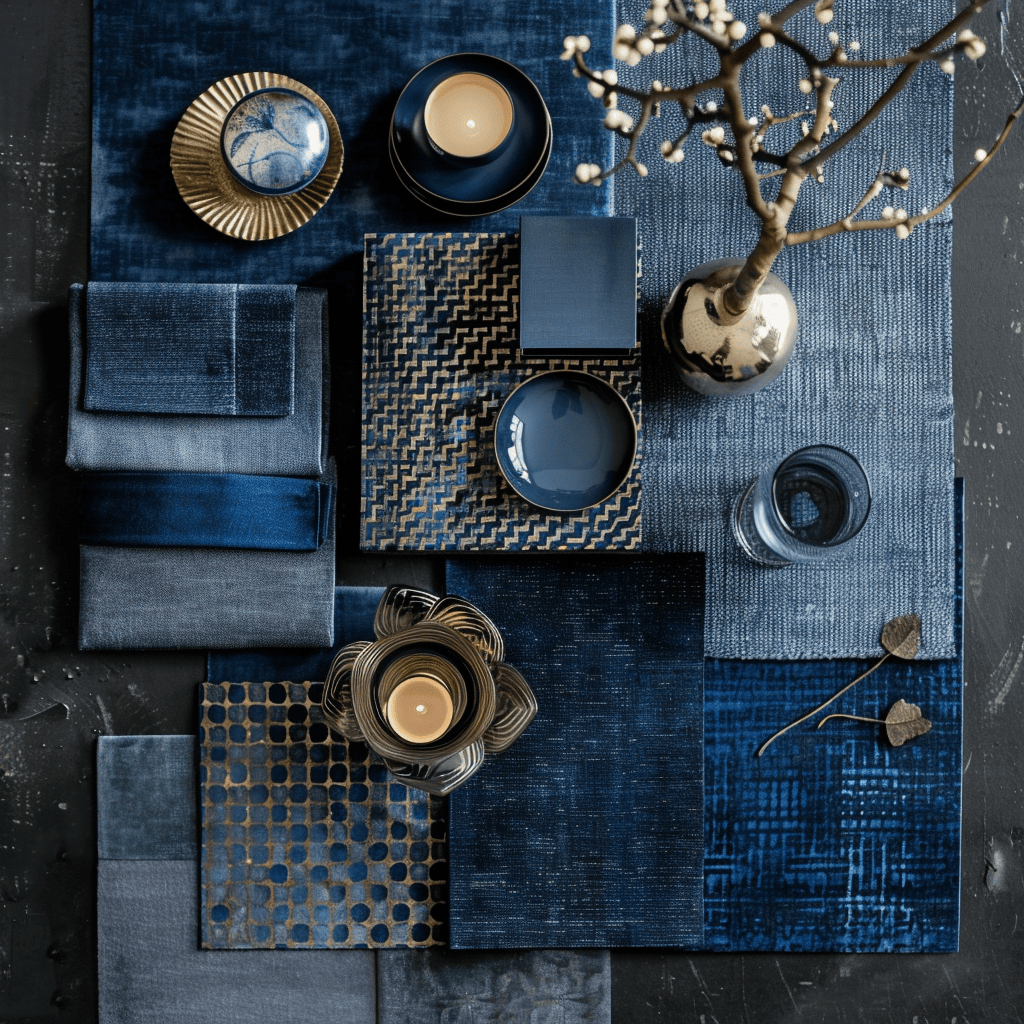
3. Creamy Whites
Soft, muted whites can lighten the palette, offering a contrast to the darker primary colors without the starkness of pure white.

Accent Colors
Accent colors are used sparingly to add pops of color, highlight features, or create focal points. These colors should complement both the primary and secondary hues.

1. Golden Yellows
Mimicking sunlight or golden hour, these hues can brighten up a rustic space and add a cheerful glow.
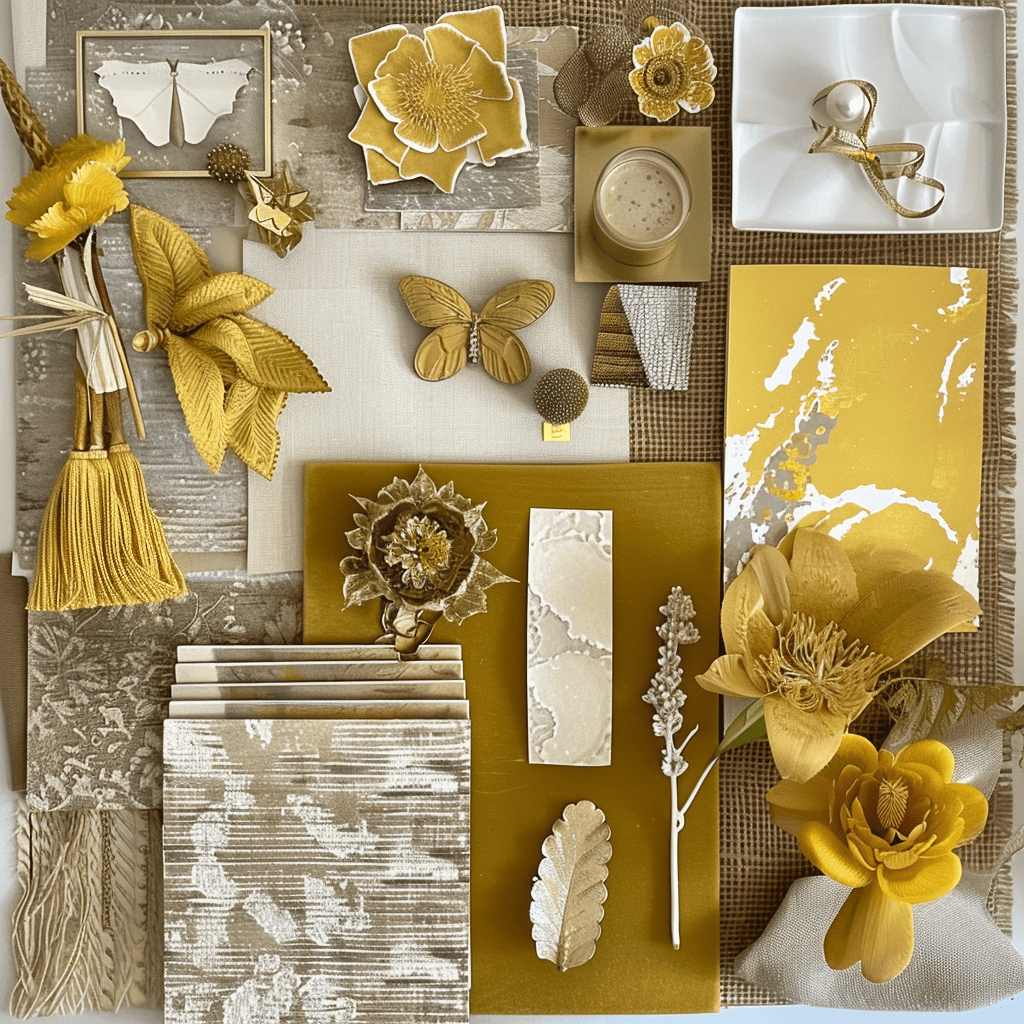
2. Terracotta
A nod to clay and ceramics, terracotta adds a warm, earthy touch that pairs well with the natural elements of the rustic palette.
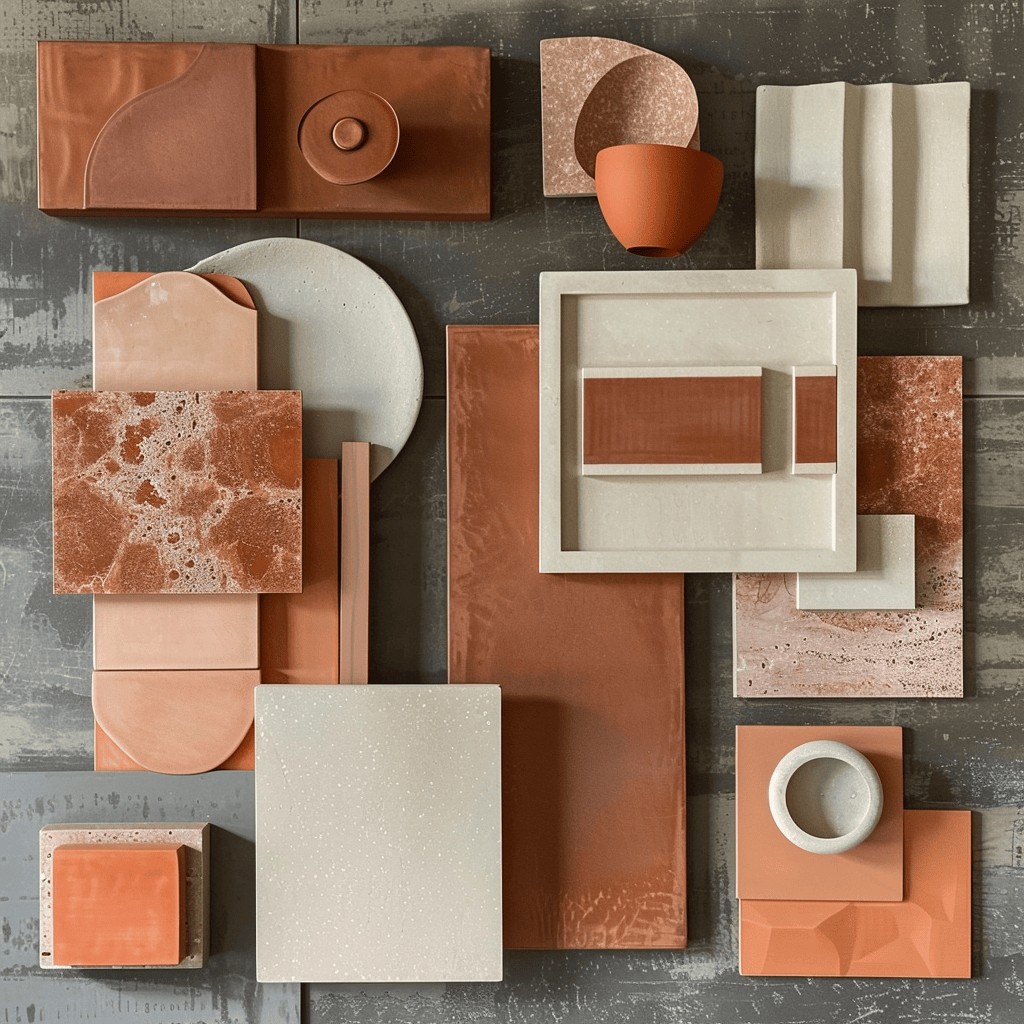
3. Turquoise
Inspired by mineral tones, turquoise can add a refreshing splash of color that contrasts beautifully with the warmer, earthier tones of the primary and secondary colors.

How to apply the Rustic color palette
Walls and Floors
Use earthy browns and warm neutrals as your primary color base for walls. Living Room Accents like deep greens or rustic reds can create focal points or feature walls.

Furniture
Incorporate wood tones in your furniture for a natural, rustic feel. Accentuate with soft fabrics in primary or secondary colors.

Decor
Use metallic accents in lighting fixtures or decorative pieces. Soft yellows in throw pillows or blankets can add warmth.
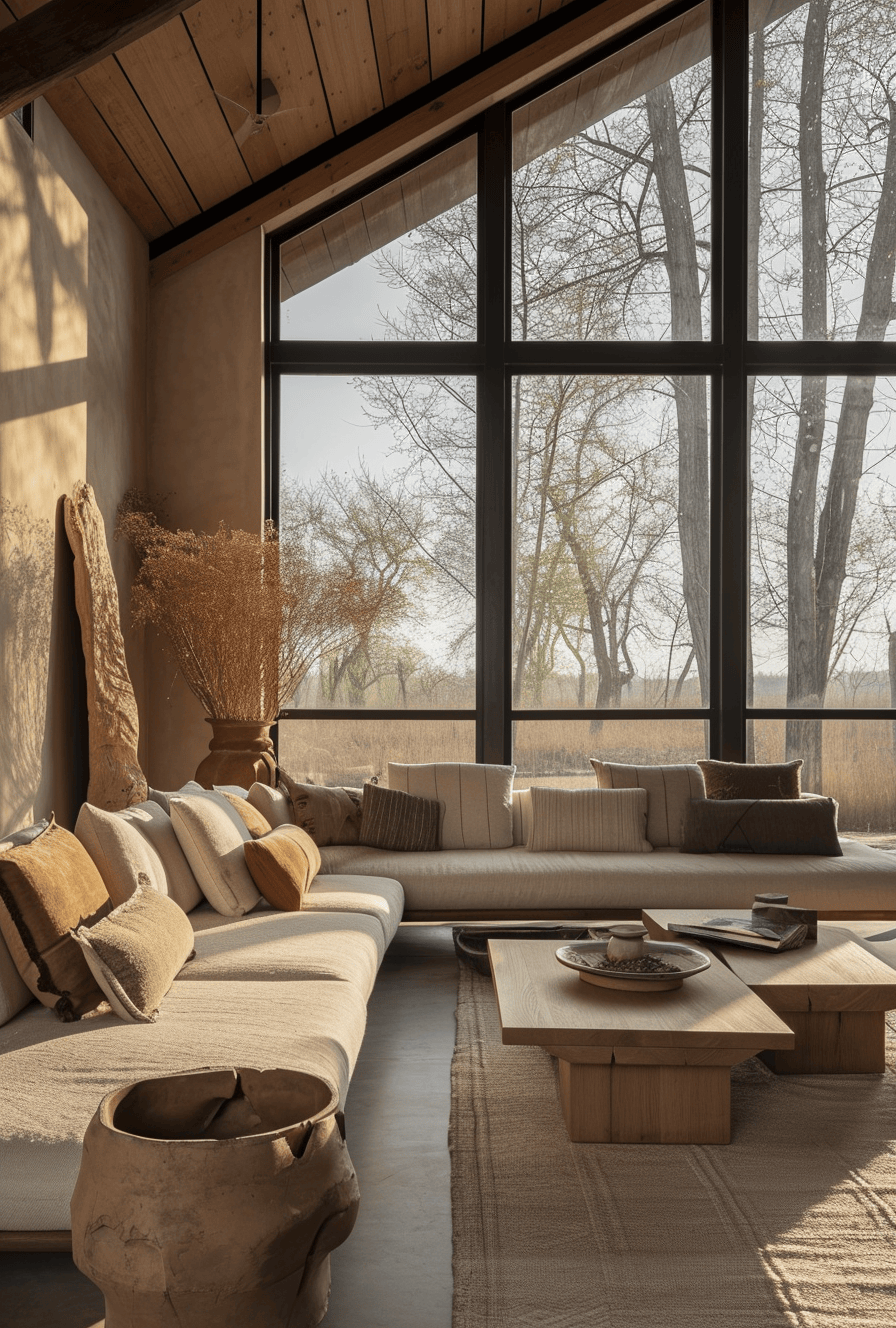
Bedding
Choose warm neutrals for bedding, with throws or pillows in accent colors like pops of blue or soft yellows for the Bedroom.
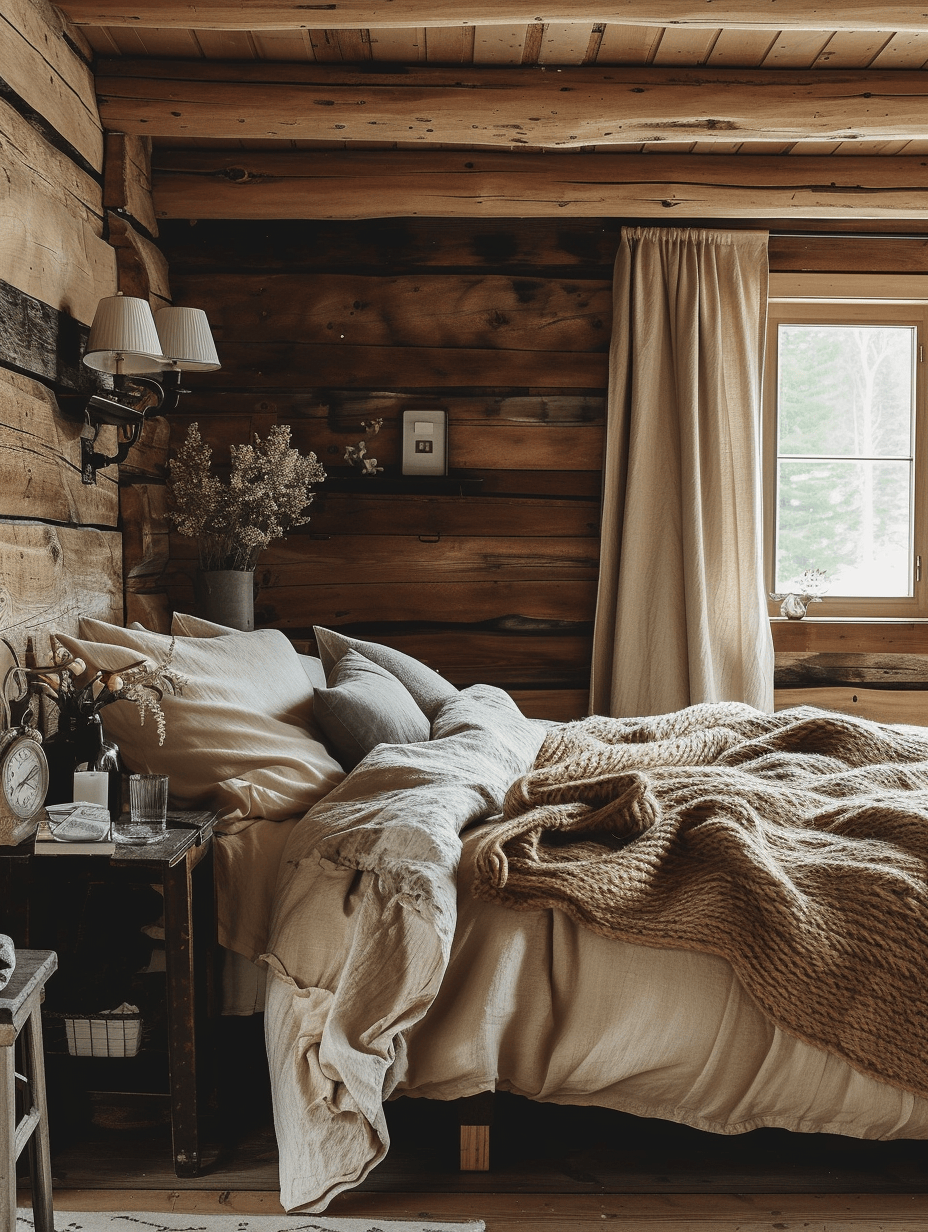
Furniture
Dark wood tones for furniture, complemented by stone grays in rugs or curtains for a cozy atmosphere.
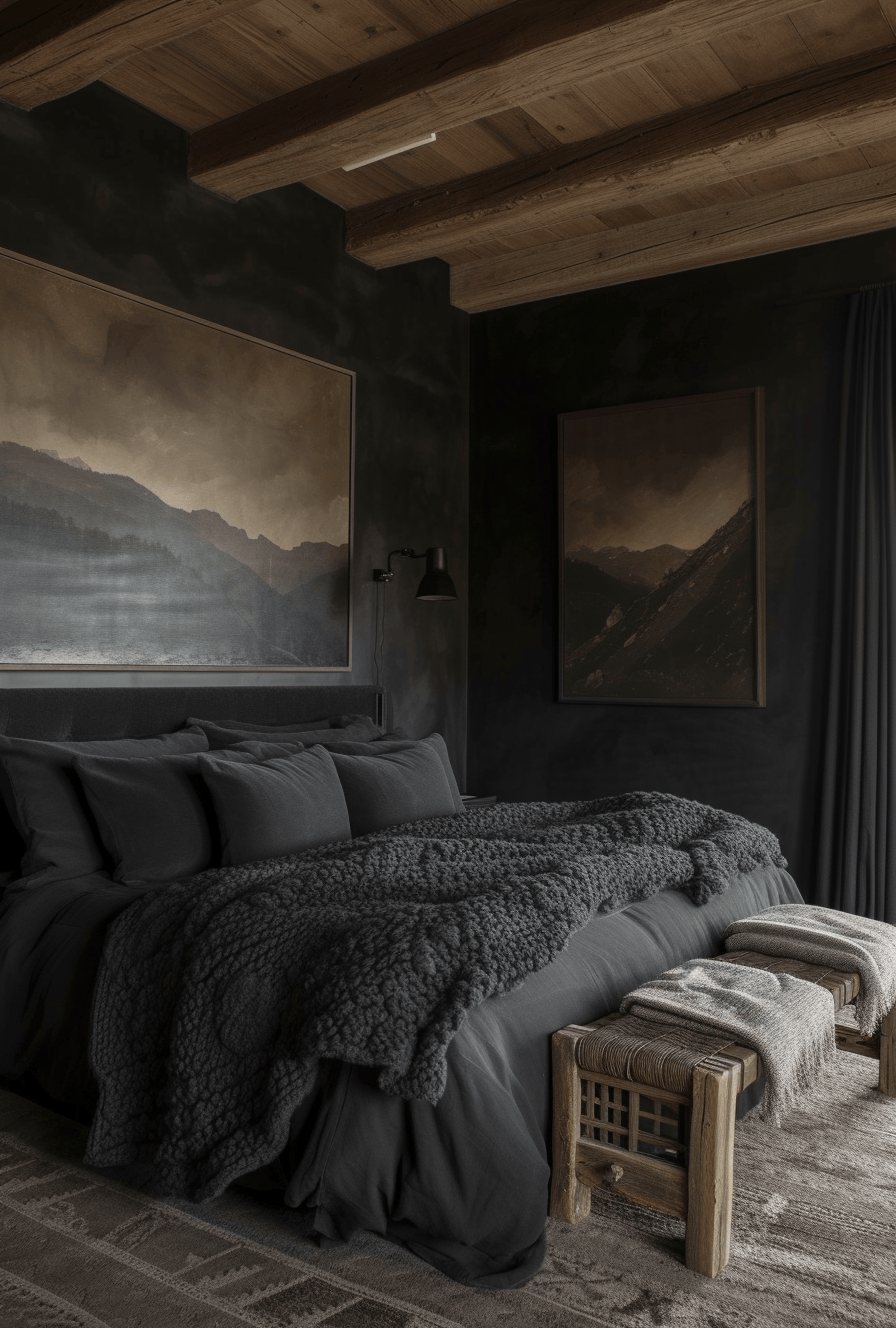
Lighting
Soft, warm lighting with lampshades in earthy tones or metallic finishes to enhance the rustic ambiance.
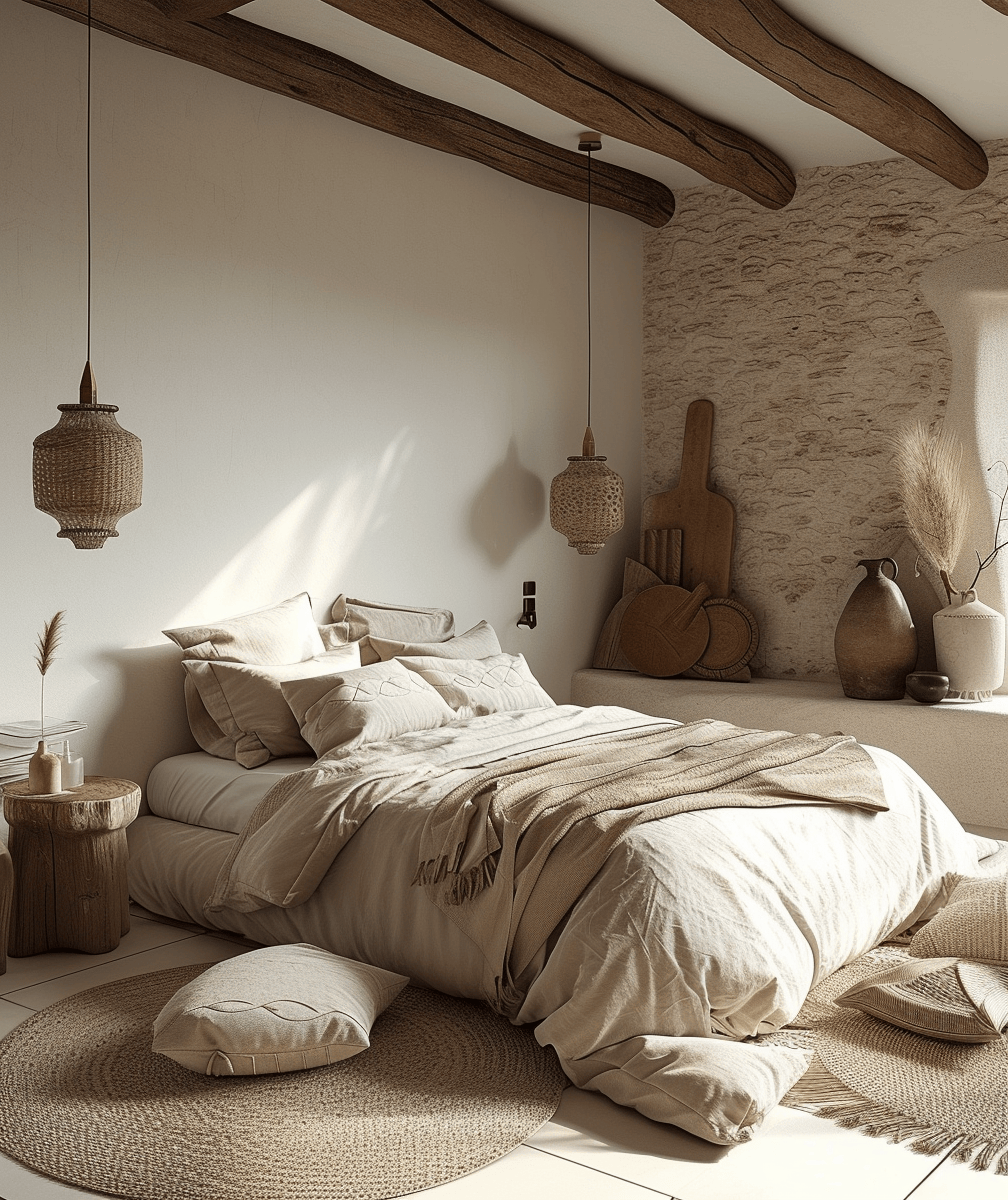
Tiles and Walls
Stone grays or beige tiles, with walls in warm neutrals or soft creams. Bathroom Accents of deep green in towels or mats.
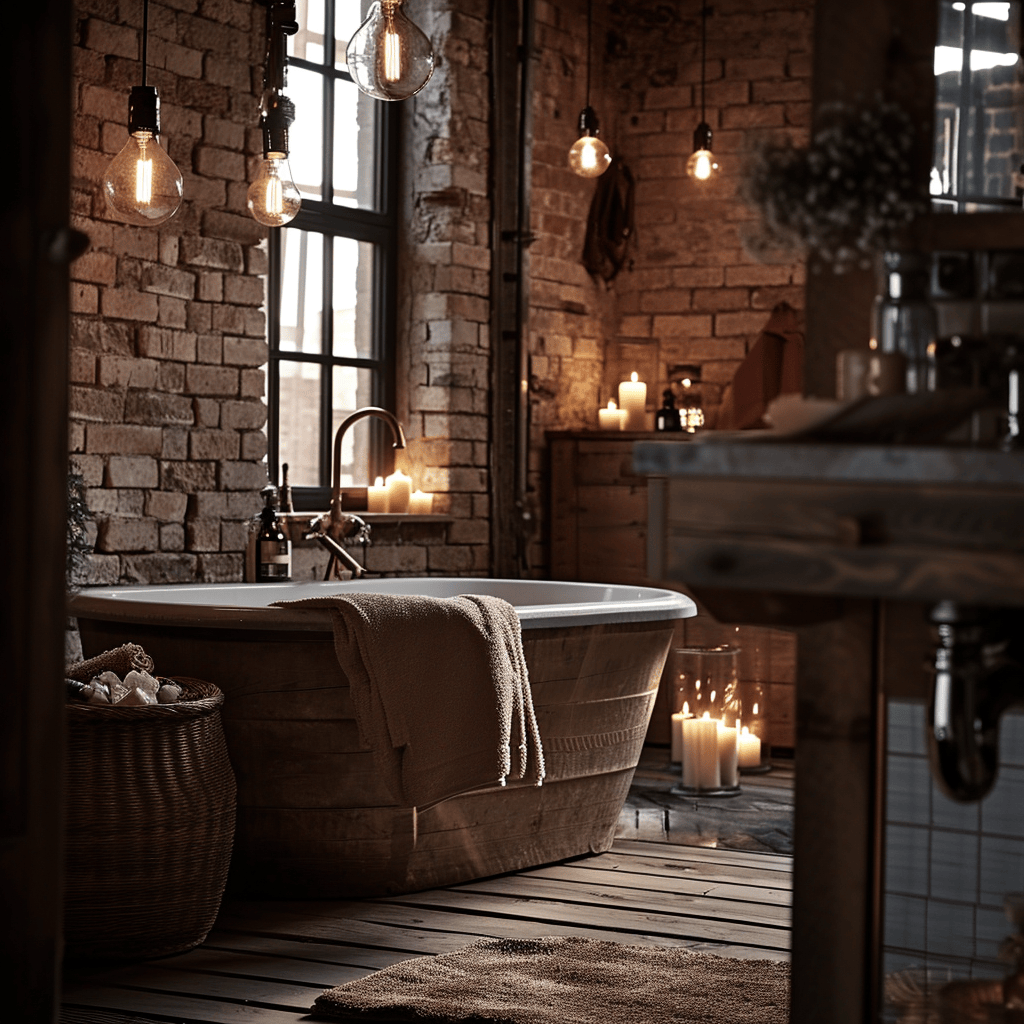
Fixtures
Bronze or copper fixtures add an elegant rustic touch.
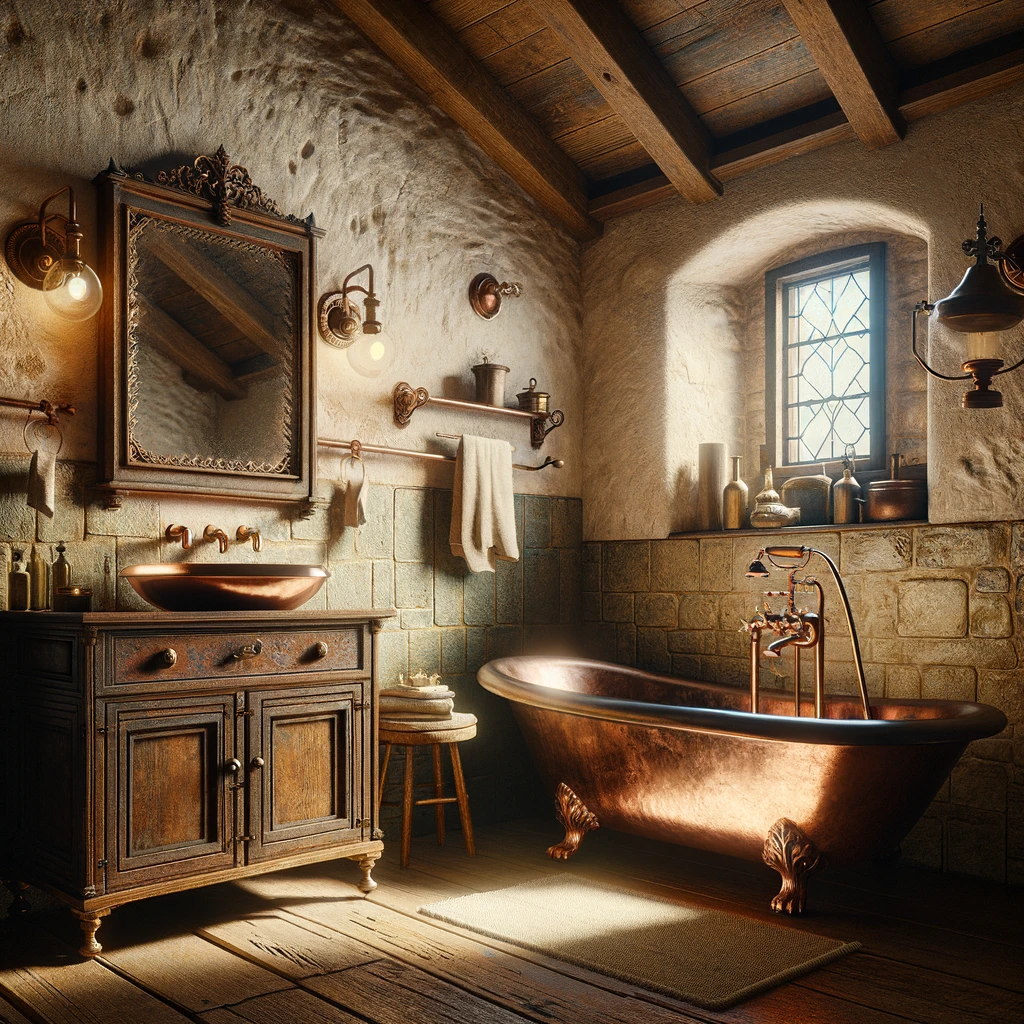
Accessories
Wooden accents in mirrors or shelving, with decorative elements in metallic accents.

Wall Color
Warm neutrals, accented with rustic reds or deep greens in artwork or family photos along the Hallway.

Lighting
Wrought iron or bronze lighting fixtures with warm toned bulbs.

Furniture
A wooden bench or table in a rich wood tone, accented with a runner in an accent color.
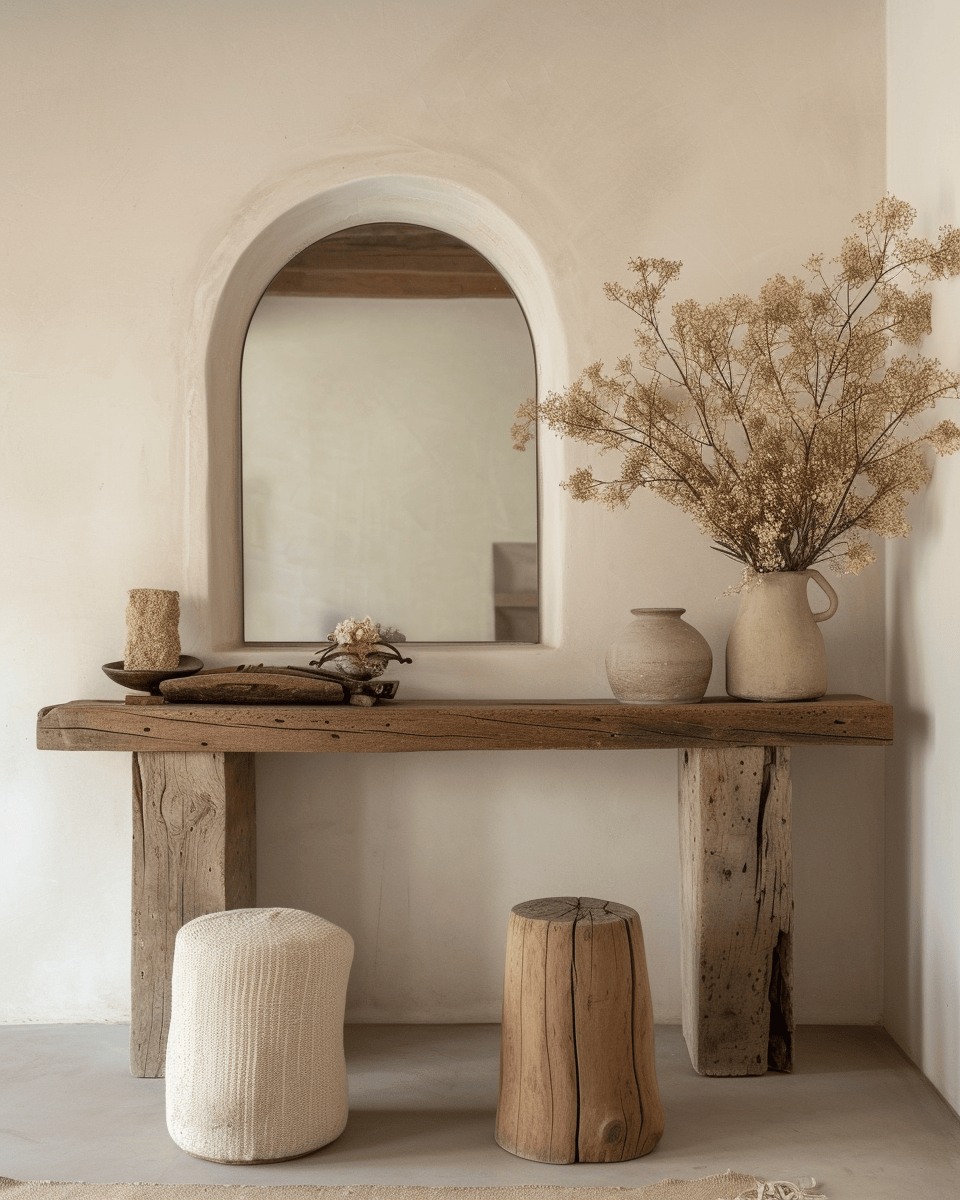
Cabinets and Countertops
Kitchen cabinets in earthy browns or wood tones, with stone gray countertops. Accent hardware in copper or bronze.
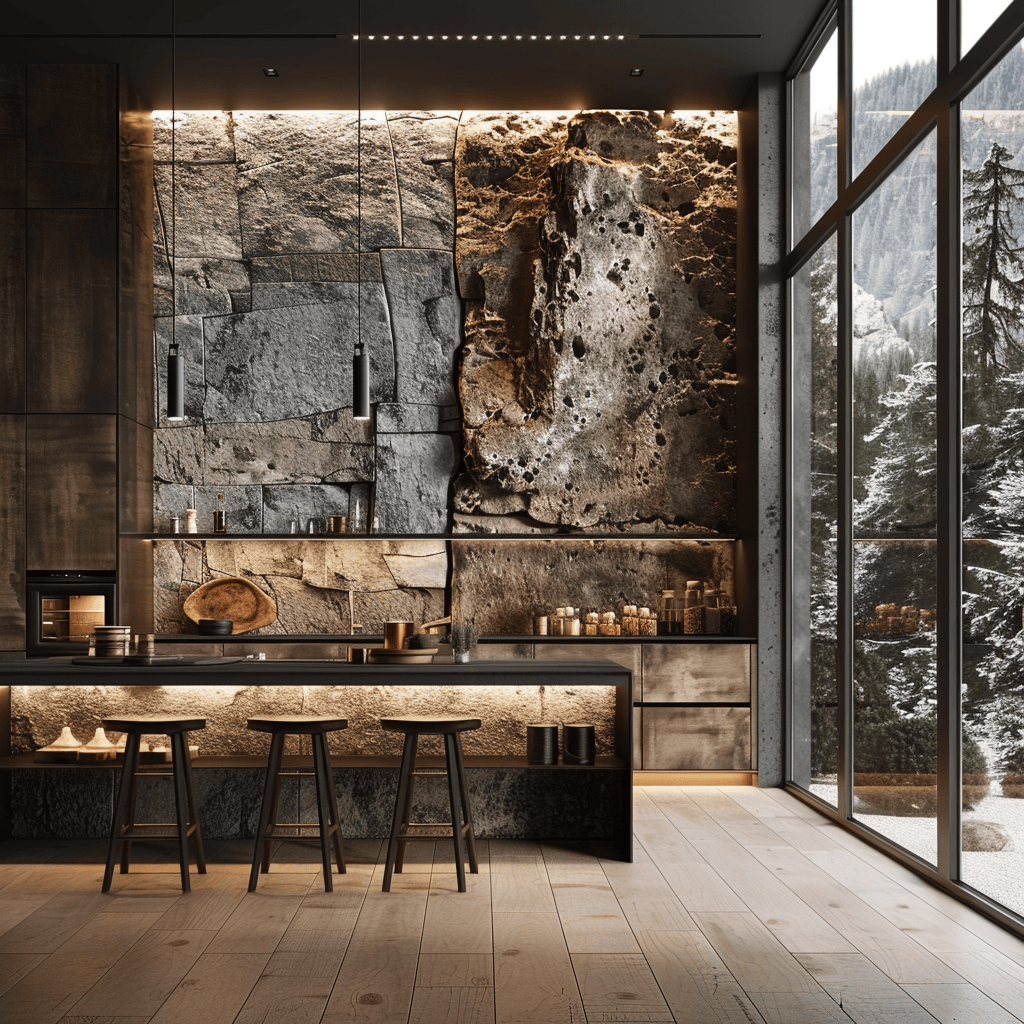
Backsplash
Terracotta or rustic red tiles as a bold backsplash that complements neutral walls.
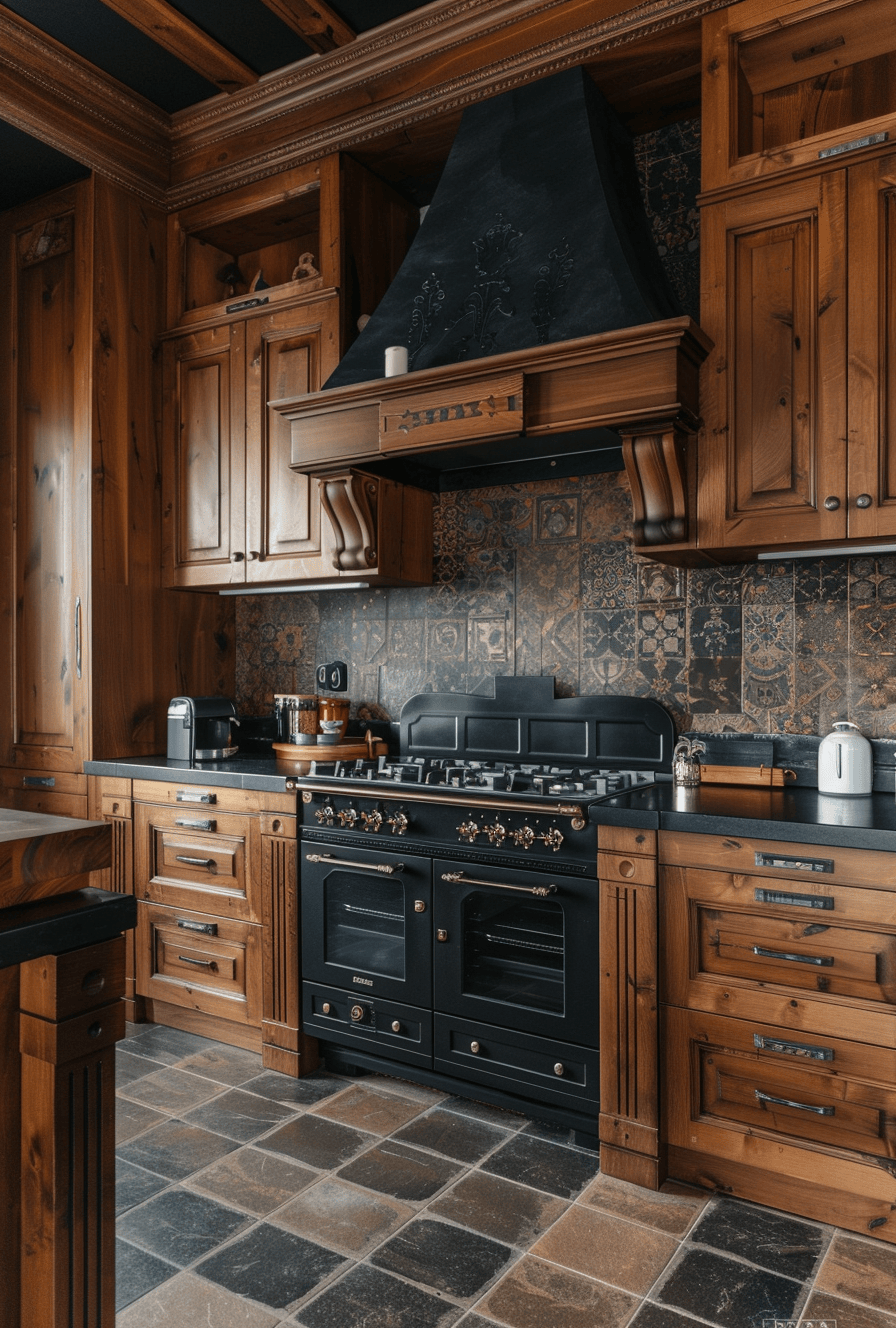
Accessories
Wooden or copper utensils and holders, with decorative elements in soft yellows or pops of blue.
Table and Chairs
A solid wood Dining table set in a deep wood tone, with chairs cushioned in secondary colors.

Lighting
A statement chandelier in metallic accents or warm tones to enhance the dining experience.
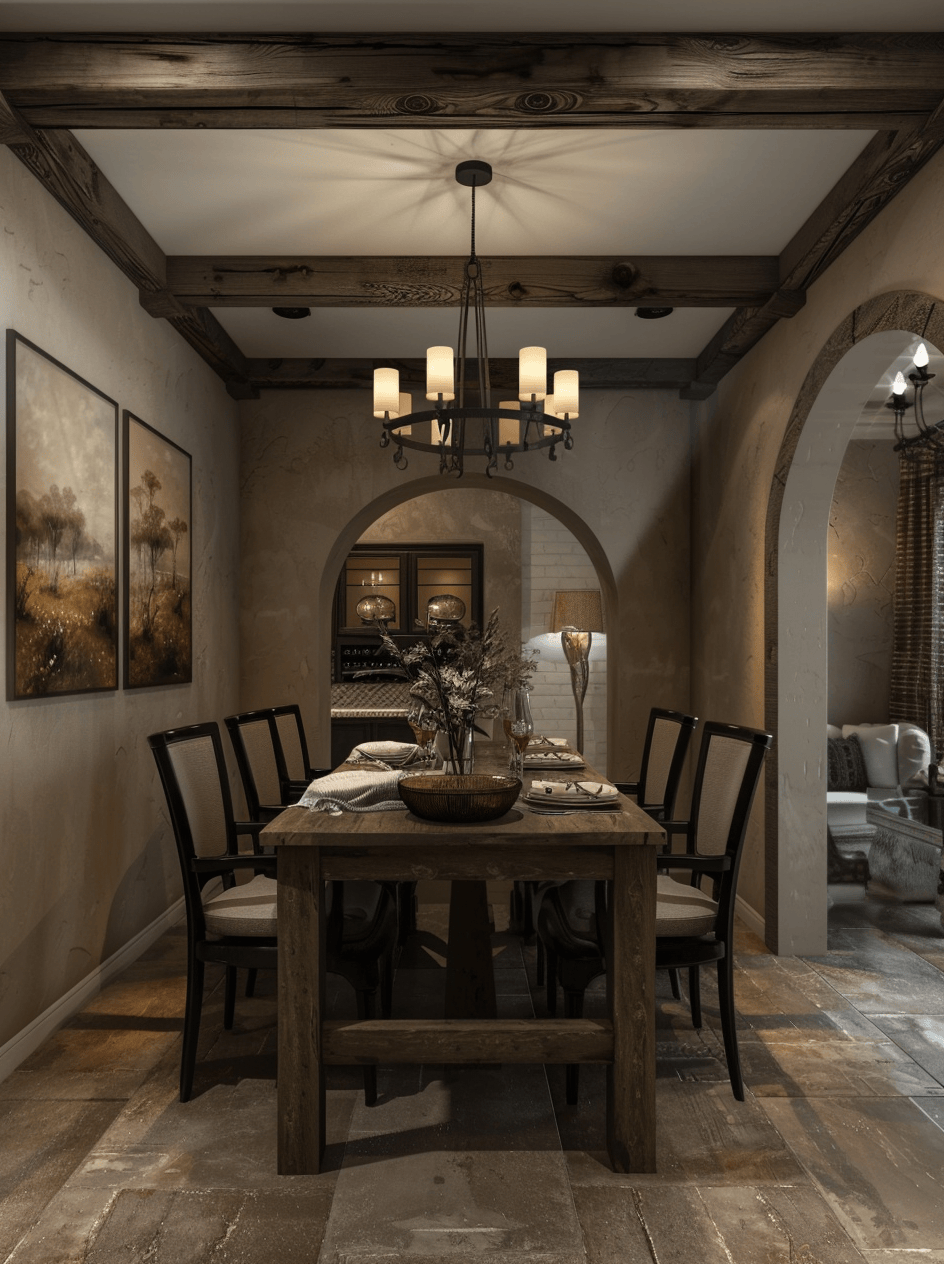
Decor
Table settings with the grain of the wood centrepiece.

Tips and Best Practices
1. Selecting and Pairing Colors
Begin your color scheme with warm neutrals like beige, taupe, or soft cream. These colors serve as a versatile backdrop, making it easier to introduce both primary rustic colors and seasonal accents without overwhelming the space.
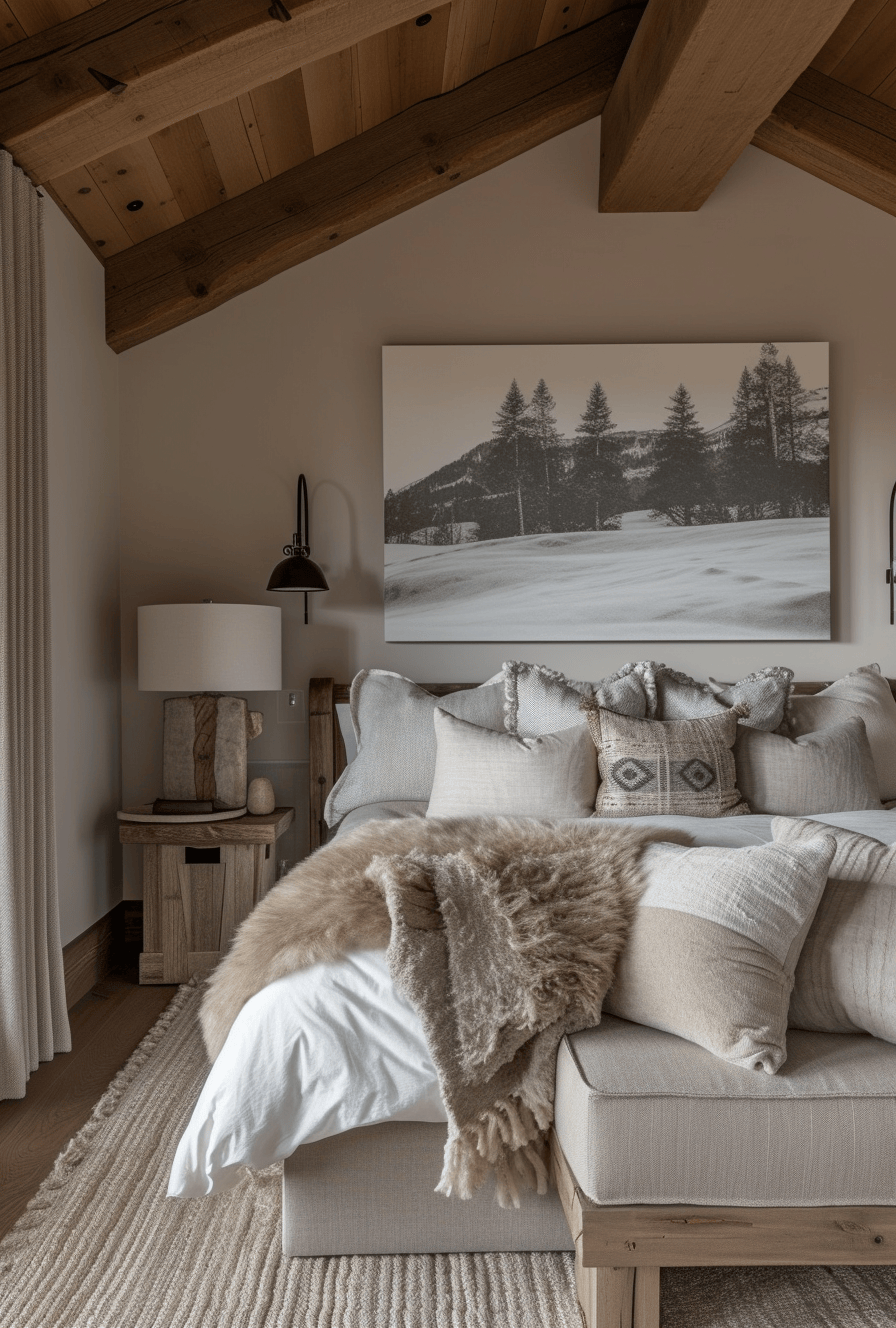
2. Use Natural Inspiration
For a genuine rustic look, draw color inspiration from nature. The seasonal changes in the landscape can guide your accent colors—deep greens and wood tones for summer and fall, soft yellows and pops of blue for spring and winter.

3. Balance Warm and Cool Tones
While rustic palettes tend to lean towards warm earthy tones, incorporating cool accents like slate gray or sky blue can add dimension and freshness to the space.
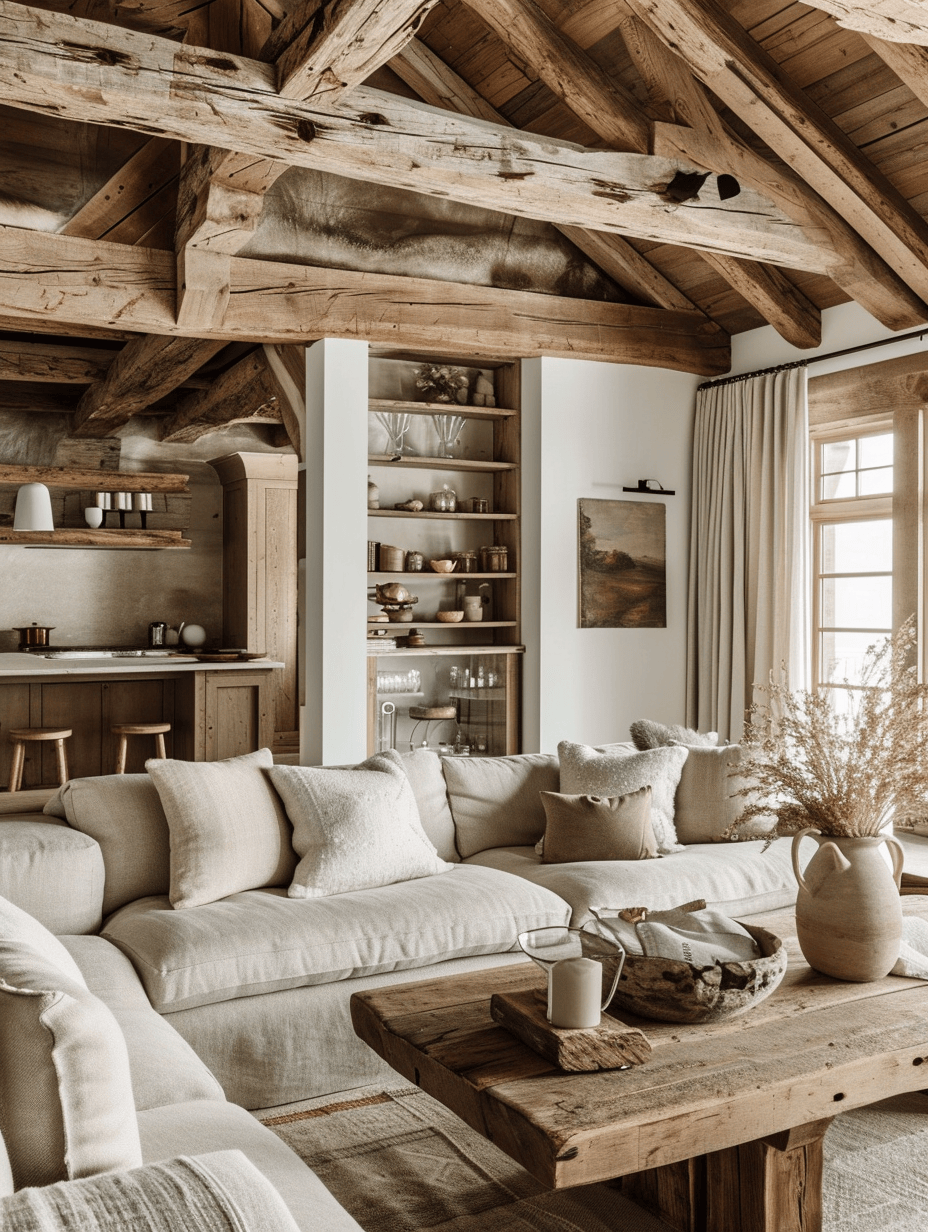
4. Mix Textures and Materials
Pairing colors with a variety of textures and materials (wood, metal, stone) can enhance the rustic feel. For example, a wooden table against a stone gray wall creates a compelling visual contrast that’s inherently rustic.
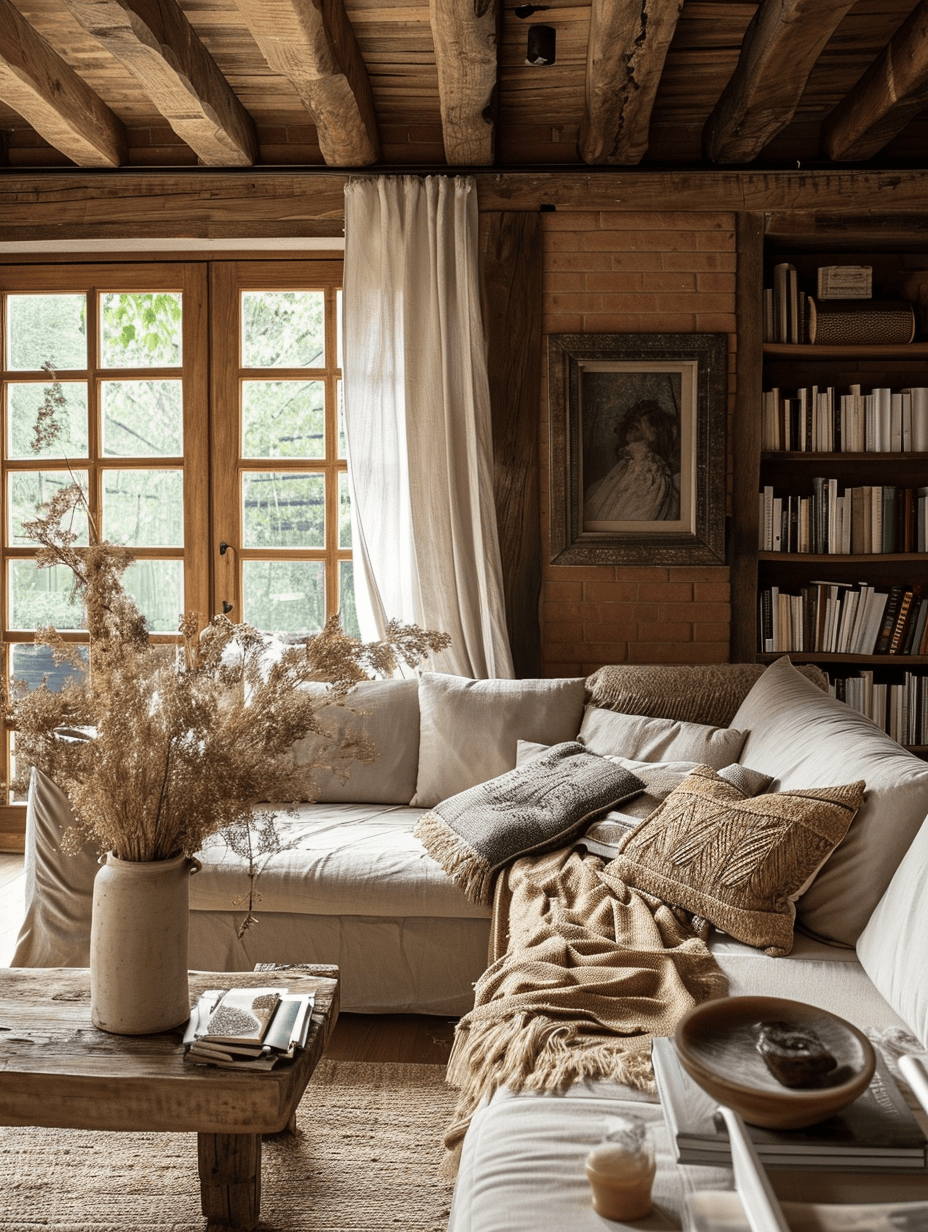
5. Incorporate Trends with Accessories
To keep up with seasonal trends without losing the timeless rustic essence, introduce trendy colors with easily changeable accessories like cushions, throws, and wall art.

6. Use Seasonal Flowers and Plants
A natural and effective way to incorporate seasonal colors is through flowers and indoor plants. They can introduce vibrant or subtle seasonal hues into your rustic decor.

7. Layer with Lighting
The warmth of your color palette can be amplified or subdued with lighting. Use warmer lights in colder months to enhance the coziness of your rustic reds and browns, and cooler, brighter lights in warmer months to complement your blues and greens.
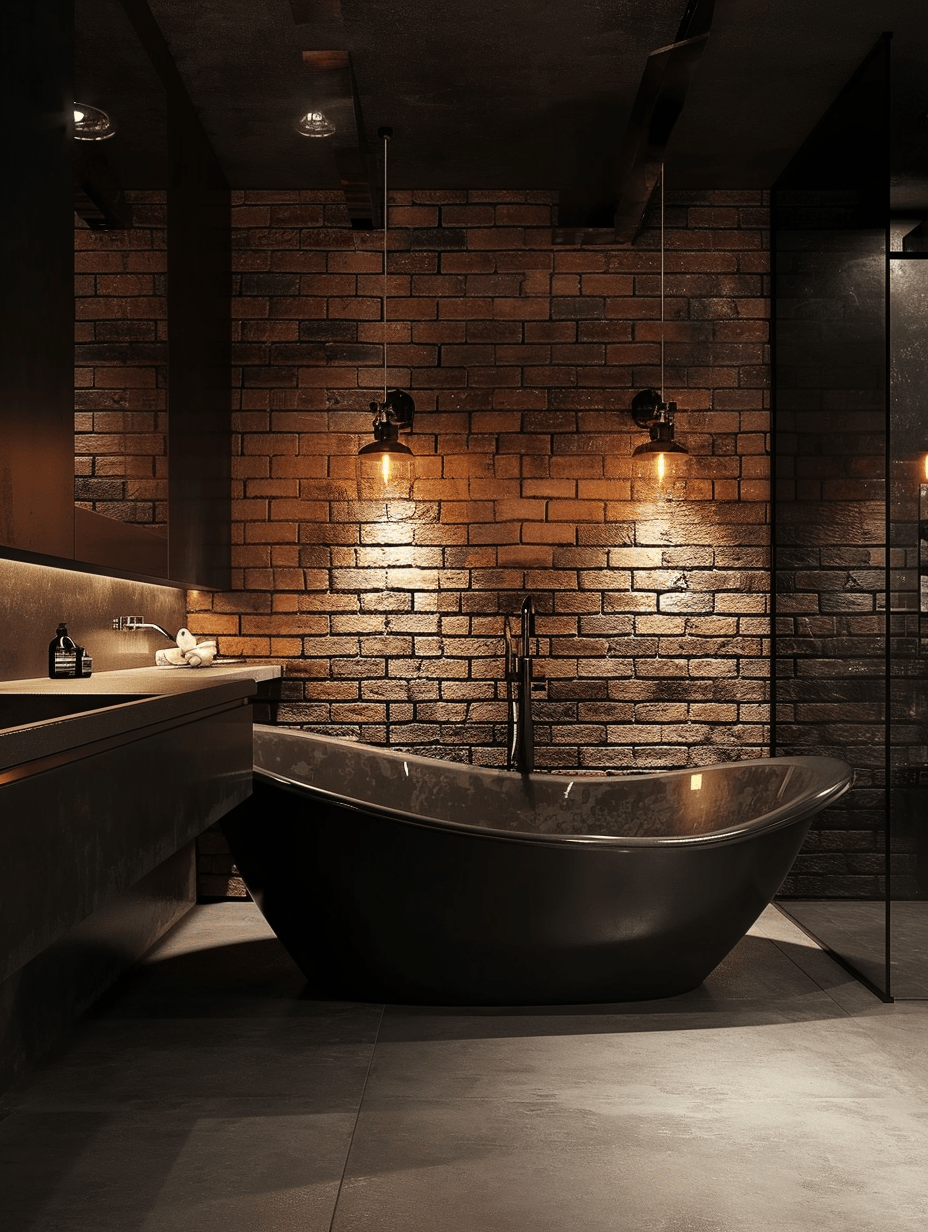
Avoiding Common Pitfalls
1. Avoid Overmatching
One common pitfall in rustic decor is the temptation to match wood tones too closely. Instead, embrace a mix of wood tones to mimic the diversity of the natural world and add depth to your space.
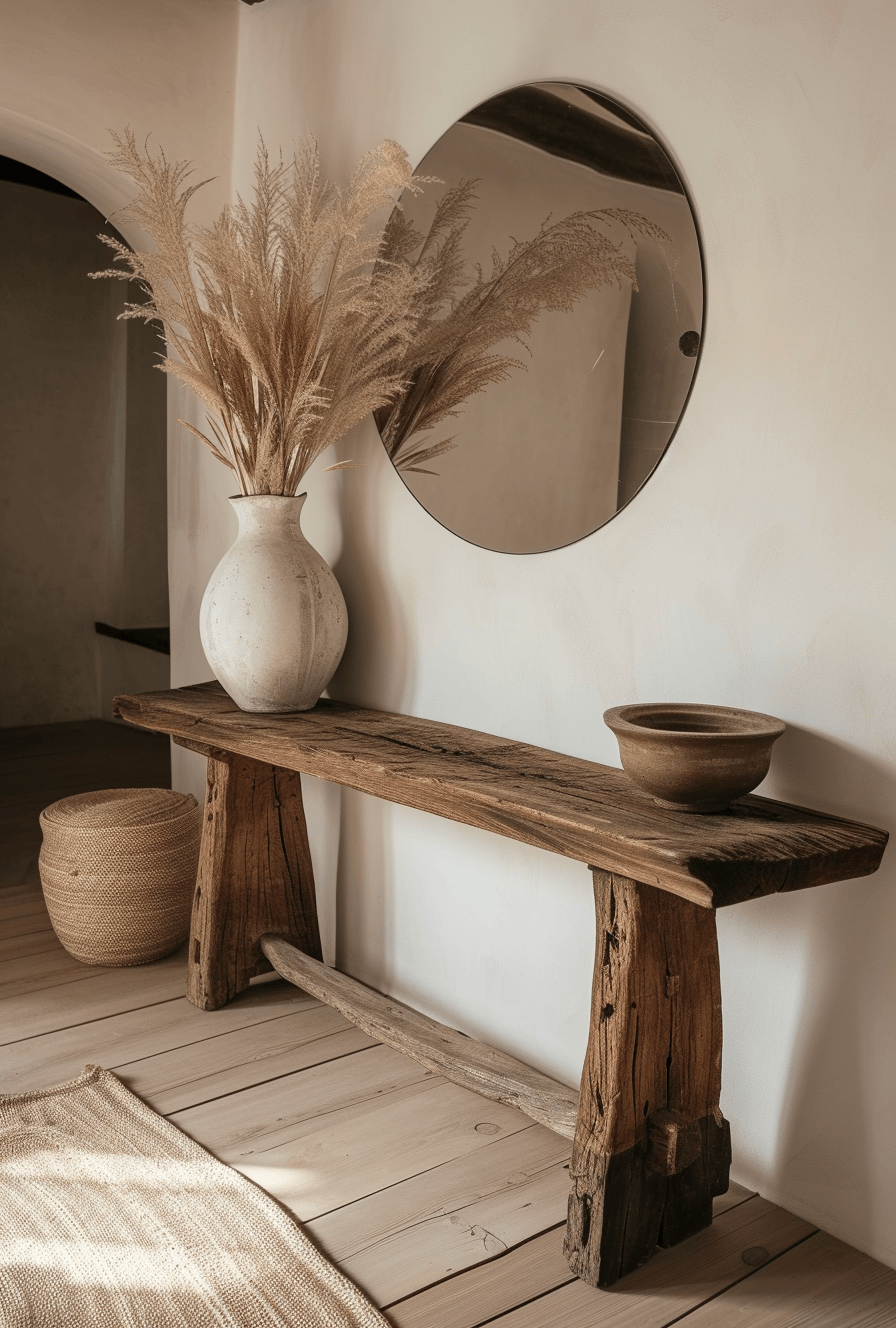
2. Don't Ignore the Power of Contrast
Failing to incorporate contrast can result in a space that feels flat and monotonous. Use contrasting colors in your accents and decor to bring life and energy into the room.
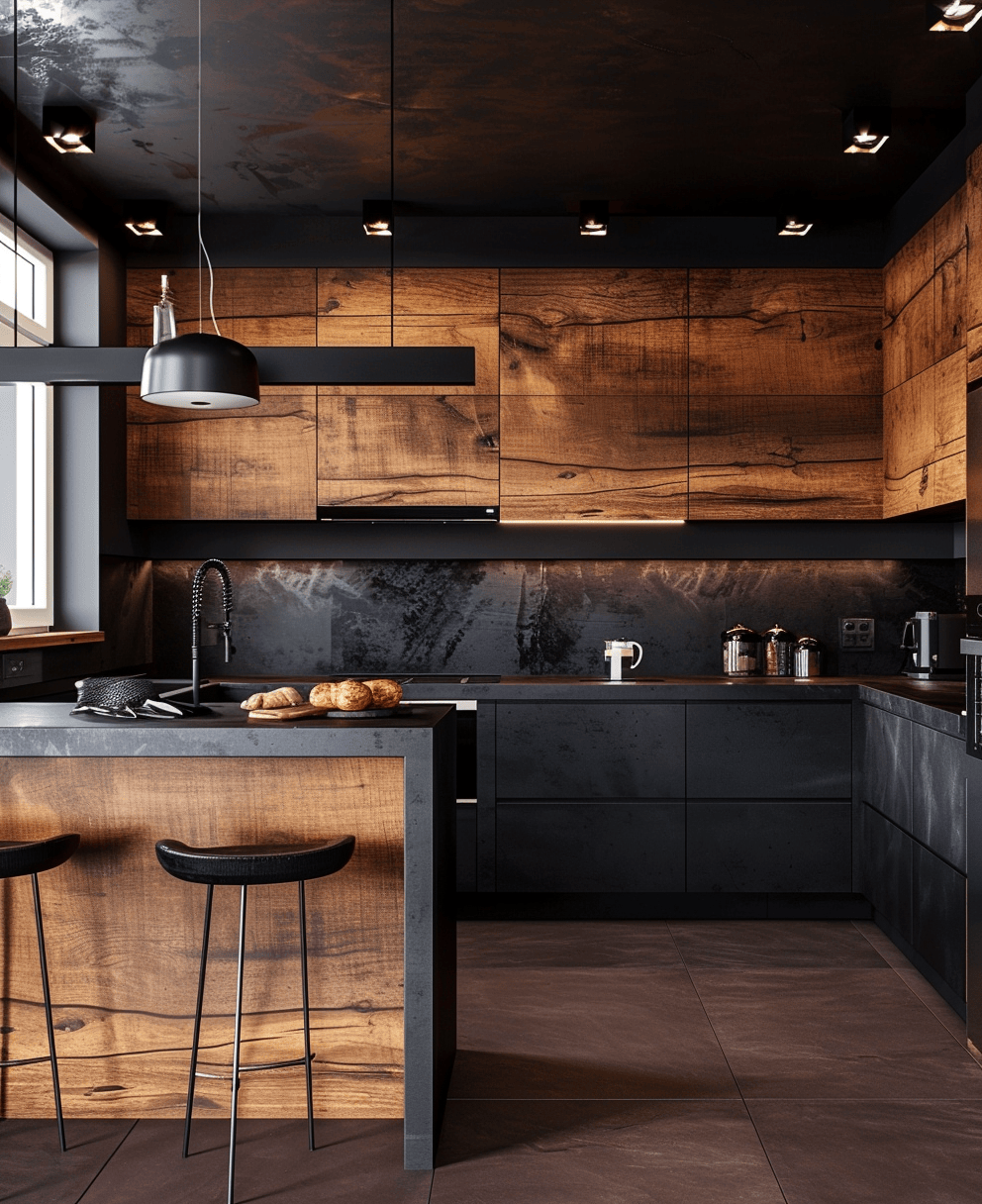
3. Resist the Urge to Over Decorate
Rustic style is about simplicity and authenticity. Over-decorating with too many colors or accessories can detract from the natural, understated elegance of rustic decor. Stick to a few key colors and pieces that speak to the rustic aesthetic.
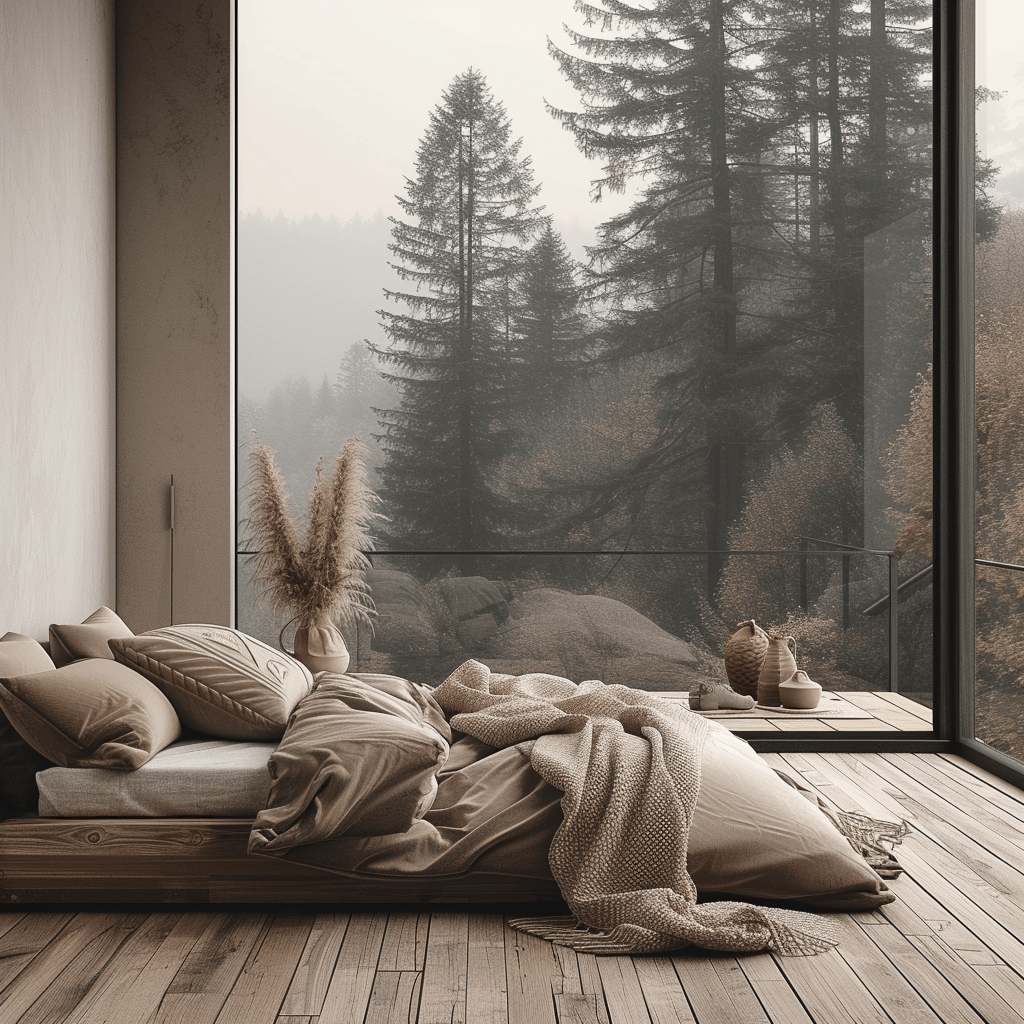
4. Be Cautious with Bright Colors
While accent colors are essential, using bright, saturated colors sparingly is crucial. They should complement, not dominate, your rustic palette. Opt for muted versions of bright colors to maintain harmony.
Remember, the goal of rustic decor is to evoke the warmth and richness of the natural world, creating a welcoming and comfortable atmosphere that transcends seasonal trends.

